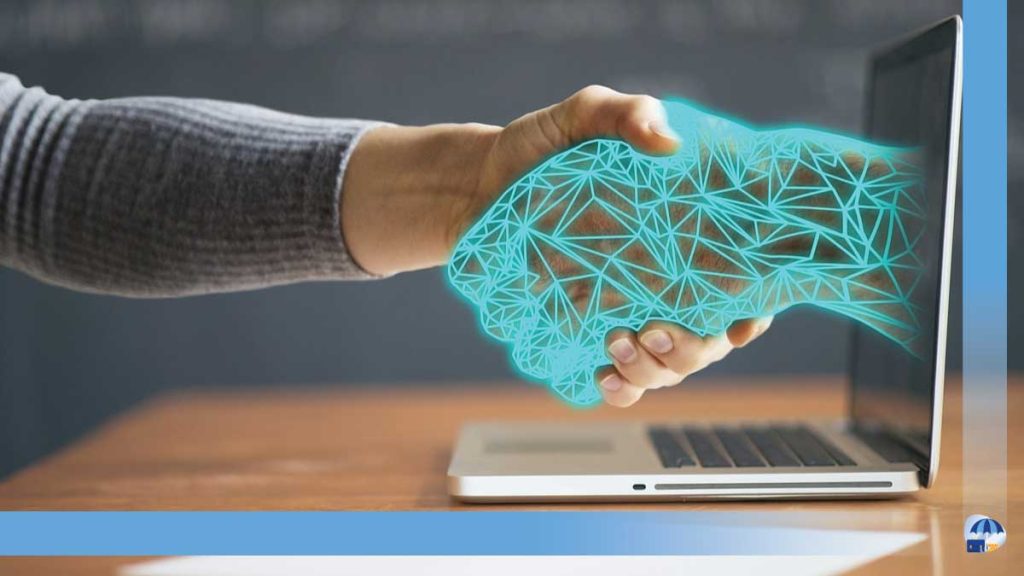When we think about the environmental footprint of the race for innovation, we can focus on ethical reviews rather than on current industry facts and benchmarks in sustainable and social technological innovation.
Today we wanted to learn about the trends in innovation and digital manufacturing for the next four years, as well as their feasible social and environmental approach within the framework of the European Union from Berta Gonzalvo Bas, Research Director of the AITIIP Technology Centre and a female leader in technology.
Moving towards an inclusive, efficient and smart economy
The 2021-2024 strategic direction of the European Union’s funding programme for research and innovation, Horizon Europe, is an example of the shift in public-private collaboration of the Factories of the Future towards European competitiveness through its industries.
Some key points are adapting to the demand for more eco-efficient and personalised products; bringing manufacturing closer to an inclusive, efficient and intelligent economy and finally strengthening the role of manufacturing as a driver of growth and employment for a more resilient and democratic European society, through the following thematic axes:
- Artificial intelligence, cognitive science and data analysis.
- Simulation and modelling, using digital twin.
- Mechatronics, robotics and intelligent mechatronics.
- Digital platforms and data-sharing solutions; robust and secure industrial communication technologies.
- Advanced and intelligent materials processing technologies including vectors such as recycling and remanufacturing.
- New business models, developments for manufacturing organisations innovative technologies and scientific-technical developments focused on people.
- Development and implementation of recognized protocols and standards.
In this direction, the participation of all actors is key: industry, research and education organizations, as well as citizens to promote research, development, innovation, coordination and support activities. To this end, public-private partnerships and coordination of aligned initiatives are expected, also from the different nations and regions of the member states.
Application at the national level
The main challenges at the European level, which also determine the direction at the national level, can be summarised as follows:
- Circular economy and zero environmental impact
- Product engineering and integrated production
- Innovation in human-centred manufacturing.
- Excellent, adaptive and intelligent factories
At the regional level, different governments are preparing and drafting their different S3 specialization strategies in which the manufacturing industry will be strongly present as an economic, technological and innovation driver in which the gender perspective will be essential.
New opportunities are innovation with a sustainable and social purpose
Based on existing technologies and developments and the new European strategy with its consequent national and regional alignments, a range of opportunities for innovation in the combination of technologies and the development of materials for specific solutions is opening up.
As for advanced manufacturing lines at AITIIP Technology Centre, we are focused on technological developments combining automation, robotics, digitalisation and additive manufacturing-3D printing:
- Digitalization, monitoring, automation and robotization, maintaining a social and gender perspective, developing human-robot collaboration systems, which combine Artificial Intelligence (AI) algorithms while taking advantage of people’s experience and know-how.
By applying these technologies, we can program robotic cells and industrial robots in manufacturing and industrial assembly plants with minimal development, set-up and reprogramming time, promoting inclusion. Likewise, the generation of processes and systems based on digital twins and AI allows for faster learning and more agile and flexible implementations.
- Integration of systems and machines: real-time process optimization, based on monitoring and management of big-data applications for industrial processes, and small-data for learning and programming phases in highly customized or low production rate projects.
- Transversally, sustainability from eco-design, conceptualizing and developing products and processes conceived from the use of the minimum amount of materials, introducing sustainability as an axis at the service of design and, on the other hand, the circular economy, implementing repair, remanufacturing and recycling mechanisms that reduce the environmental impact, combining hybrid additive manufacturing and high-precision machining processes, as well as intrinsically recyclable materials both in the tools and equipment and in the final products.
- Development of new sustainable and advanced materials, new technologies and hybrid additive manufacturing systems – 3D printing and subtractive, applicable to both high production projects and small customized series.
Currently, at AITIIP we adopt the ecological and digital transition as strategic pillars, sealing a firm commitment to the industrial fabric to promote technological transfer to companies. The objective is to strengthen their competitiveness in the environment so that regardless of their size they incorporate pioneering developments in their production processes and head firmly towards the future.
A future of opportunities
At Tenea we seek to balance the competitiveness of small, medium and large companies through opportunities in technological innovation. Therefore, learning about Berta Gonzalvo’s vision thanks to our collaboration with AMIT has meant agreeing on the vision of a future where technology plays a key role in the prosperity of our society.
Democratising technology through broad access to knowledge that enables us to detect and exploit new opportunities for innovation under a sustainable and social approach, brings us a reflection of a future of development and hope that is within our reach.



